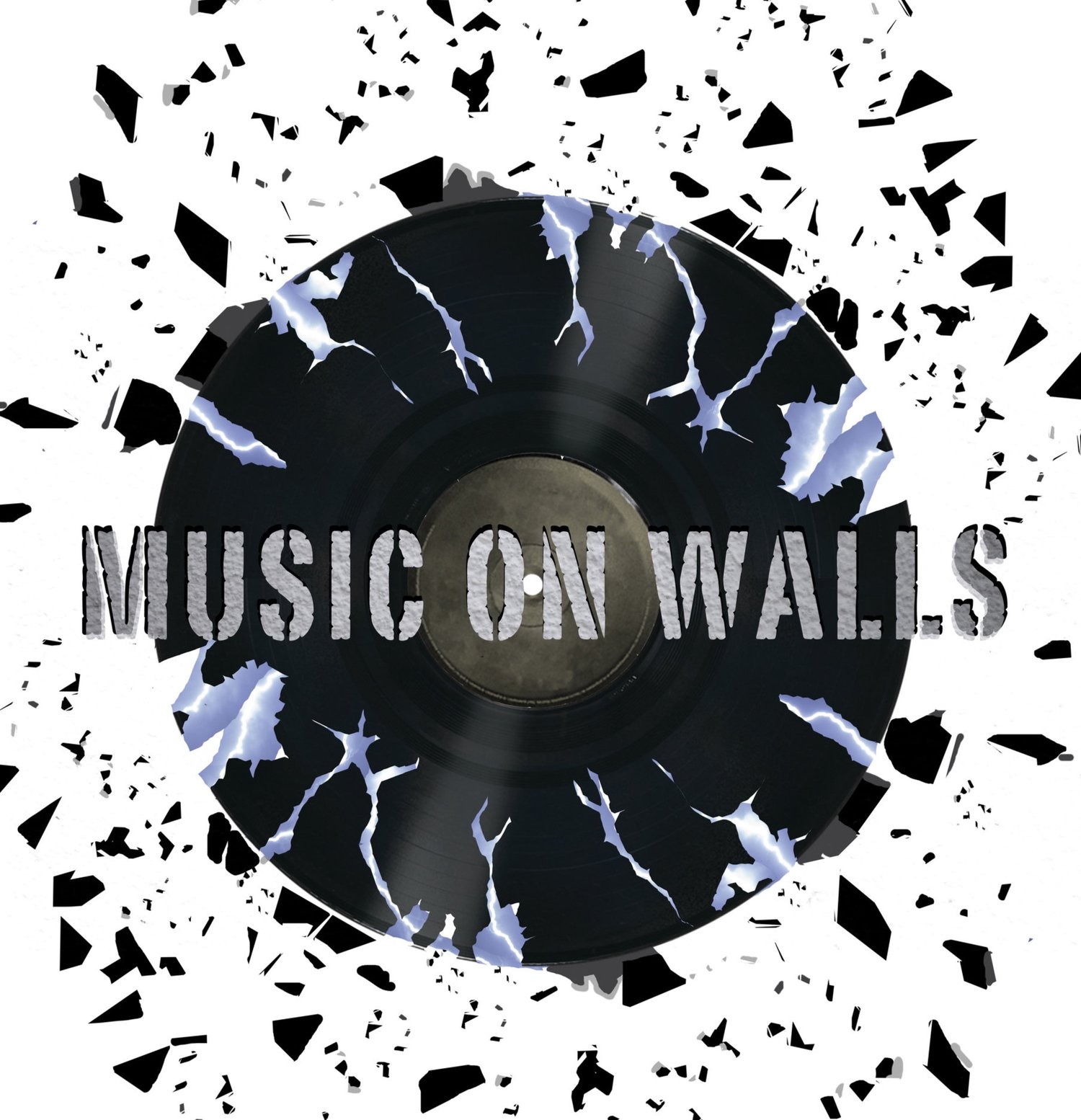Louis Jammes - Rabouan Moussion
/Magic and Loss, Lou Reed, Fondation Cartier, Jouy en Josas, France, 1990, 200x200cm
Opening Saturday 15th October 2016, from 4pm
1st part of the Exibition
15th October - 26th November 2016
Louis Jammes was born in 1958 in the southern French town of Carcassonne. In the early1980s, at the beginning of his career, he immortalised the artists of his personal pantheon who inspired his own path, such as members of the Beat generation, Andy Warhol, Lou Reed, and then his nearest and dearest, representatives of the burgeoning free figuration, and his contemporaries: Keith Haring, Jean-Michel Basquiat, Robert Combas and Julian Schnabel, setting them in decors he conceived to evoke their work. Then he took his studio into the street and combined photography with painting to set up scenery behind anonymous passers-by in Barbès, a colourful district of Paris, before launching into countries ravaged by war to work with the local populations. He does not wish to bear witness to these conflicts like a reporter, but rather to take part, to be part of them. He comes back from these experiences with rare images of a high pictorial quality. He has been known to the general public since his work in Sarajevo in 1993, when he transformed the children there into angels, silkscreened them and plastered them on to the battlefield, engraving them into the memories of all who saw them, as both actors and witnesses of this devastating conflict. In all of his work it is a question of inventing a photographic writing.
Louis Jammes and the Galerie Rabouan Moussion wish to return to an event that marked the artist’s current work. Recently, his work on migrants carried out in the Balkans and exhibited at L’Aspirateur de Narbonne posed a problem for the local authorities, to such an extent that the exhibition was closed down.
The exhibition is constructed like a retrospective path, retracing his origins: the origins of his photographic practice, but also his past, the origins of the world, of creation, of a paradisiacal nature soon to be lost. It will be made up of several series, some begun over twenty years ago – works produced in tandem with others, notably Jean-Michel Basquiat. Viewers will also be able to see the portraits of young Pygmies banished from their region. On a trip in 1996 Louis Jammes discovered that part of the Ugandan primary forest at the source of the Nile – a river associated with paradise in the Old Testament and in the Koran –, had been bought by an American foundation in order to create a reserve for the protection of great apes, for this good cause driving out the Pygmies living there. He returns to this still topical issue with a disenchanted observation, intervening artistically on the negatives with scratches and the addition of photosensitive liquid operating on the images as if on skin, scarring willy nilly as the shots are developed.
We remember the photographs that Louis Jammes brought back from Pripyat and Chernobyl, taking the risk of going into the sarcophagus isolating the power plant. More recently he went to Fukushima, asking his Japanese friends to look back on their own experience of the tsunami and the atomic catastrophe. A series of photos and a video relate their experience of the disaster. This is a return to the origins of creation, matter and the atom, and the way humankind is overwhelmed by this discovery.
The world as it appears to us is built on a globalised experience, partial in both senses of the term: incomplete and biased, inherited from the great discoveries of the15th century, starting with the discovery of the New World. Last July, Louis Jammes went in search of the terra incognita of Cuba and its virgin territory. He has brought back paradisiacal views, similar to the banks of the Aude, the river of his native land.
Alice Cazeaux





